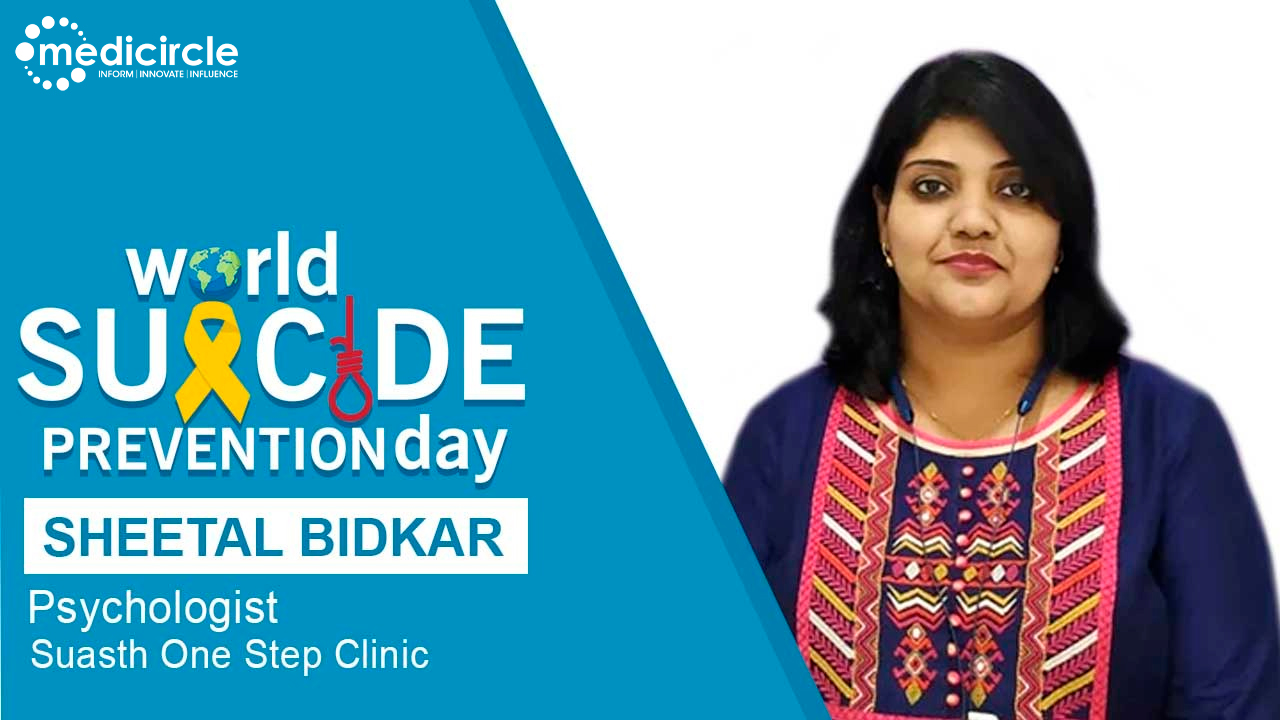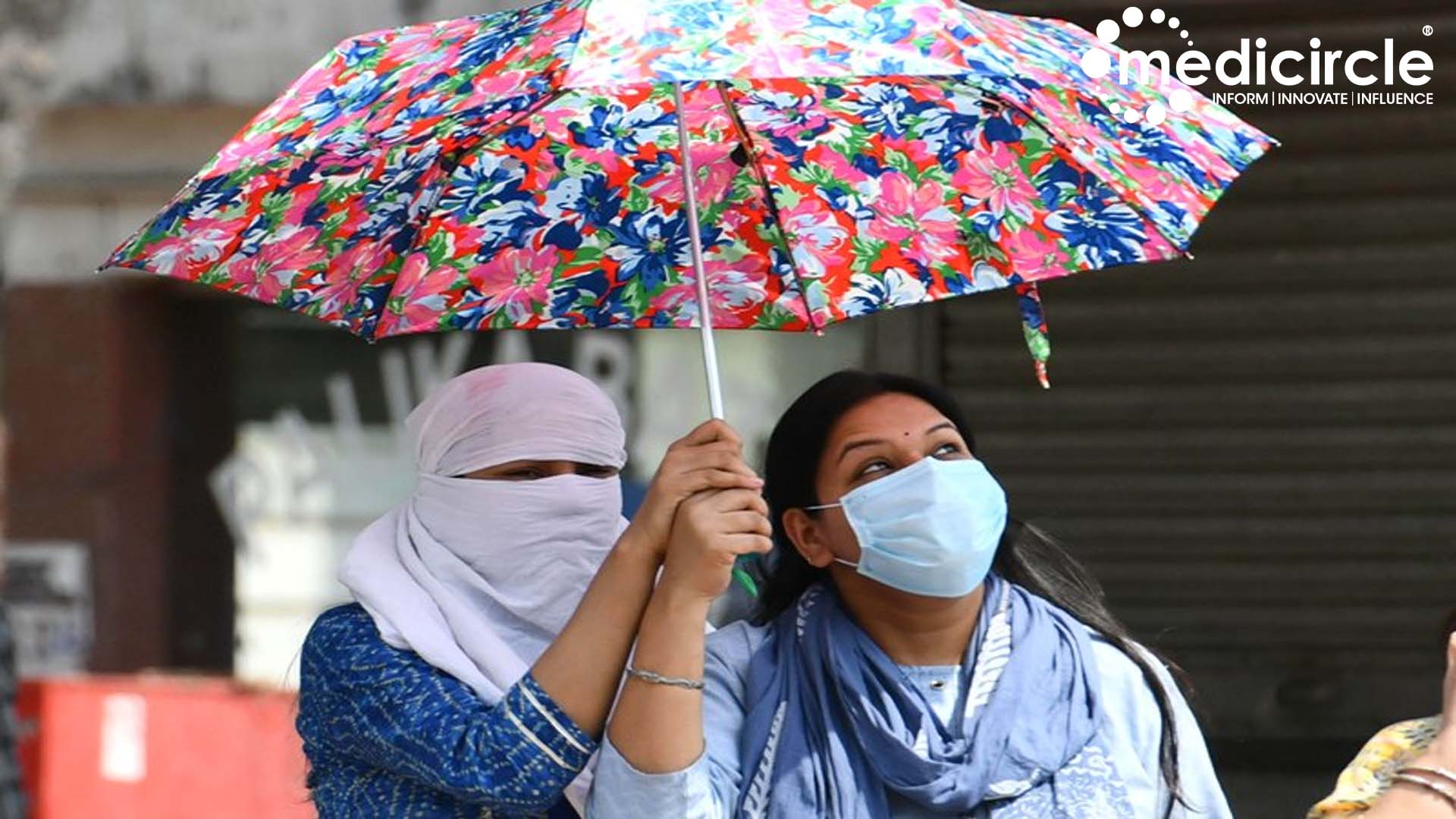We lead busy lifestyles and barely get time to sit and actually process our thoughts, which is likely a reason why mental health issues or underlying problems go unassessed. The majority of these occur in underdeveloped and developing countries. Undiagnosed and untreated mental illness is the biggest reason behind suicide.
Every 40 seconds someone takes their own life according to the World Health Organization (WHO). That’s about 800,000 people worldwide every year — although some estimates put that number closer to 1 million. Suicide is the leading cause of death for people aged 15 to 29 and for every suicide that results in death, there are as many as 40 attempted suicides.
The International Association for Suicide Prevention (IASP) initiated World Suicide Prevention Day in 2003. This Year World Suicide Prevention day is recognized on 10th September 2021. We at Medicircle are conducting the Suicide Prevention Day Awareness Series to understand create awareness about suicidal behaviors and how to effectively treat them.
Sheetal Bidkar is a renowned Psychologist and Licensed Addiction Therapist, practicing in Mumbai. She is working as Clinical Psychologist at Suasth One Step Clinic, Mumbai. In her practice, she offers psychotherapy and counseling to people suffering from various mental health issues such as addiction, depression, anxiety, suicidal thought, marital conflicts, etc. She had won an award from Military Hospital Secunderabad for research on a prevention program for Solider Excessive Alcohol Use in 2014.
People who are more at risk of suicide
Dr. Bidkar explains, “The thought process behind suicide could be different for everyone. People who have attempted suicide previously are at a larger risk. Next in line are those who are battling some diseases like some mental health disorders. Here the risk of self-harm increases. For instance, if someone is hearing things or instructions or to put it more scientifically are experiencing delusions or hallucinations. Here the risk is high. The next are those who have lost their consciousness or are intoxicated. Being under the influence of drugs or alcohol, the chances of fulfilling the impulse of self-harm increase. Then there are those who are close to dying because of some serious and chronic disease. The pain and uncertainty created by the disease can push people into ending their own lives. Some people who are unable to deal with and adjust to changes, like financial difficulty, loss of a loved one and others are at risk of committing suicide. Then some have undergone some stressful circumstances like sexual violence, acid attack, or other physical-emotional violence. I think the list doesn’t end here. There is a stigma attached to our society regarding what people will think? At times this stigma pushes people to commit suicide. Maybe without stigma, people would be more willing to get help instead of resorting to committing suicide.”
Symptoms that someone will commit suicide
She says, “It is important to notice signs. In every age group, the behavior of people is different. But there are some common symptoms to notice. The first is when the person himself/herself says that they want to end their life. Irrespective of whether the statement was said in anger, sadness, or funnily, it should be taken seriously by us. Not everyone is all bark and no bite. Some really do what they say. The second is when the person indirectly says it all. If someone says ‘I wish I could disappear’, then investigate further what the person really tried to convey. There are some people who bring in a drastic change in their behavior. They either get too aggressive or too passive. For instance, driving riskily, taking more alcohol or drugs. These are telling signs that the person is now taking their own life too lightly by attempting risky things. The other side is when the person completely shuts off. Not meeting anyone, staying in a corner, not talking much. The other way to tell is if someone has searched the methods of committing suicide. A passive sign that is observed in teenagers and senior citizens is when they give away their favorite things. This is a telling sign when they give their most favorite thing to someone as a gift. Another telling sign is when the person starts talking about purpose in life. Saying things like, ‘I have no purpose in life, ‘I feel lonely’. ‘I am a burden’ or ‘I feel empty inside’ need to be further investigated and checked. Then if someone starts eating out more or shopping more then that’s a sign that they don’t have much time left and want to spend it the way they like. The complete opposite is also true where they stop eating and sleeping.”
What should one do?
She expresses, “As a psychologist when we deal with such situations then we often refer to a method. There are five questions we ask. What you could do when you face someone with suicidal signs at your home or workspace is to ask them. It is a myth that asking them is your way of putting the idea in their head. This is further away from the truth. Perhaps the individual wants your support and wants to discuss his/her feelings further with you. After the talk, it is essential to go and seek advice from experts. No matter how willing you are to help, the help of experts is critical.”
(Edited by Priyal Shah)

 Dr. Sheetal Bidkar helps us understand the causes that drive someone to commit suicide. She also helps us to notice the telling signs and do the needful to help save the life of a near and dear one.
Dr. Sheetal Bidkar helps us understand the causes that drive someone to commit suicide. She also helps us to notice the telling signs and do the needful to help save the life of a near and dear one.

















.jpg)















